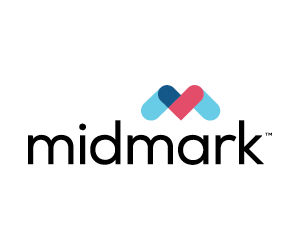Discussing the anesthetized oral exam
It is critical to have a written protocol to avoid misunderstanding regarding an anesthetized oral exam. It is not until the mouth and oral radiographs have been evaluated under anesthesia that a full treatment plan and the costs of a dental procedure can be accurately determined. As soon as the anesthetized oral exam and full-mouth intraoral radiographs have been reviewed, the findings and treatment plan can be discussed with the client. The consent form must clearly state that if the owner cannot be contacted, any findings requiring additional treatment that are not already specifically on the consent will not be performed, and a separate appointment and procedure will be scheduled. Advise the owner beforehand that if more extensive disease is found, staging procedures may be recommended. Clients may feel guilty for not knowing that their pet was in pain or had an oral infection. It is important to let them know that these problems often develop gradually and can be avoided in the future with proactive oral healthcare.
In some cases, even if an individual tooth or teeth can be saved, this may not be the best choice for an owner who is not committed to follow-up care or who has limited resources. When presenting options for treatment, make sure the client clearly understands all treatment options available, including risks, benefits, and costs, and provide the information needed to make an informed decision. Sophisticated treatment options may not be the best choice for a client with limited resources or who is not committed to regular oral healthcare for the pets.







